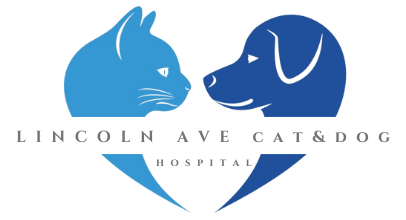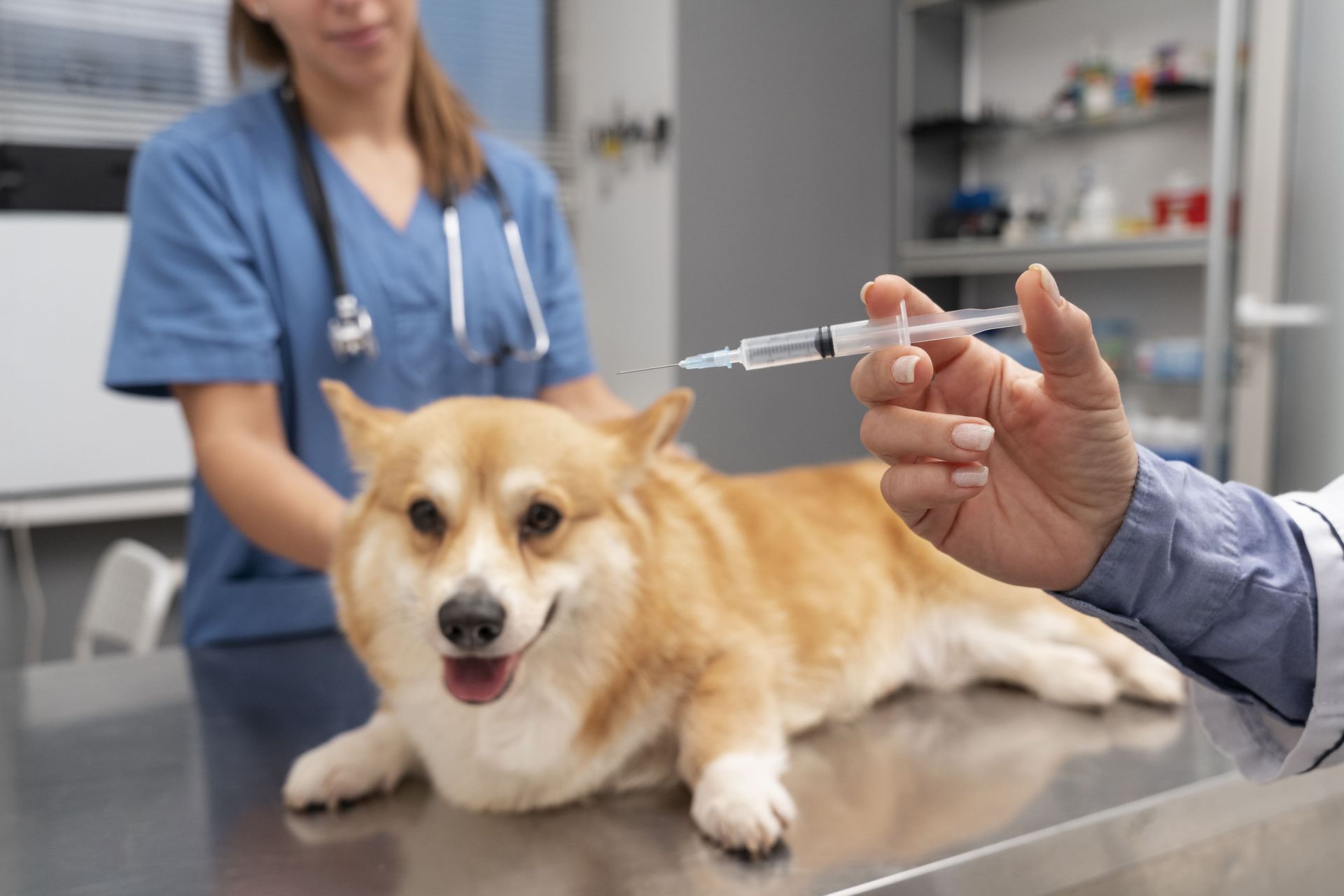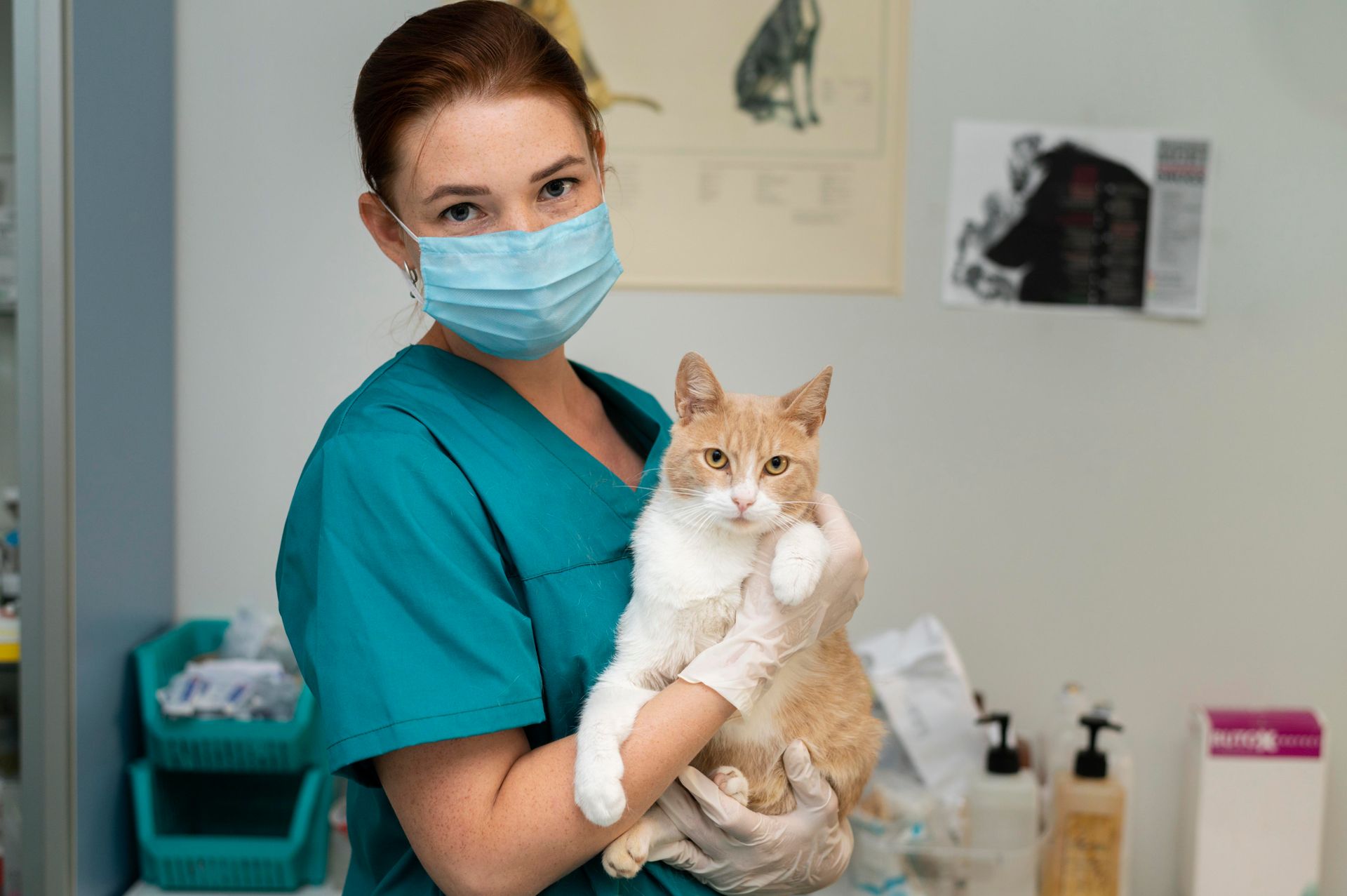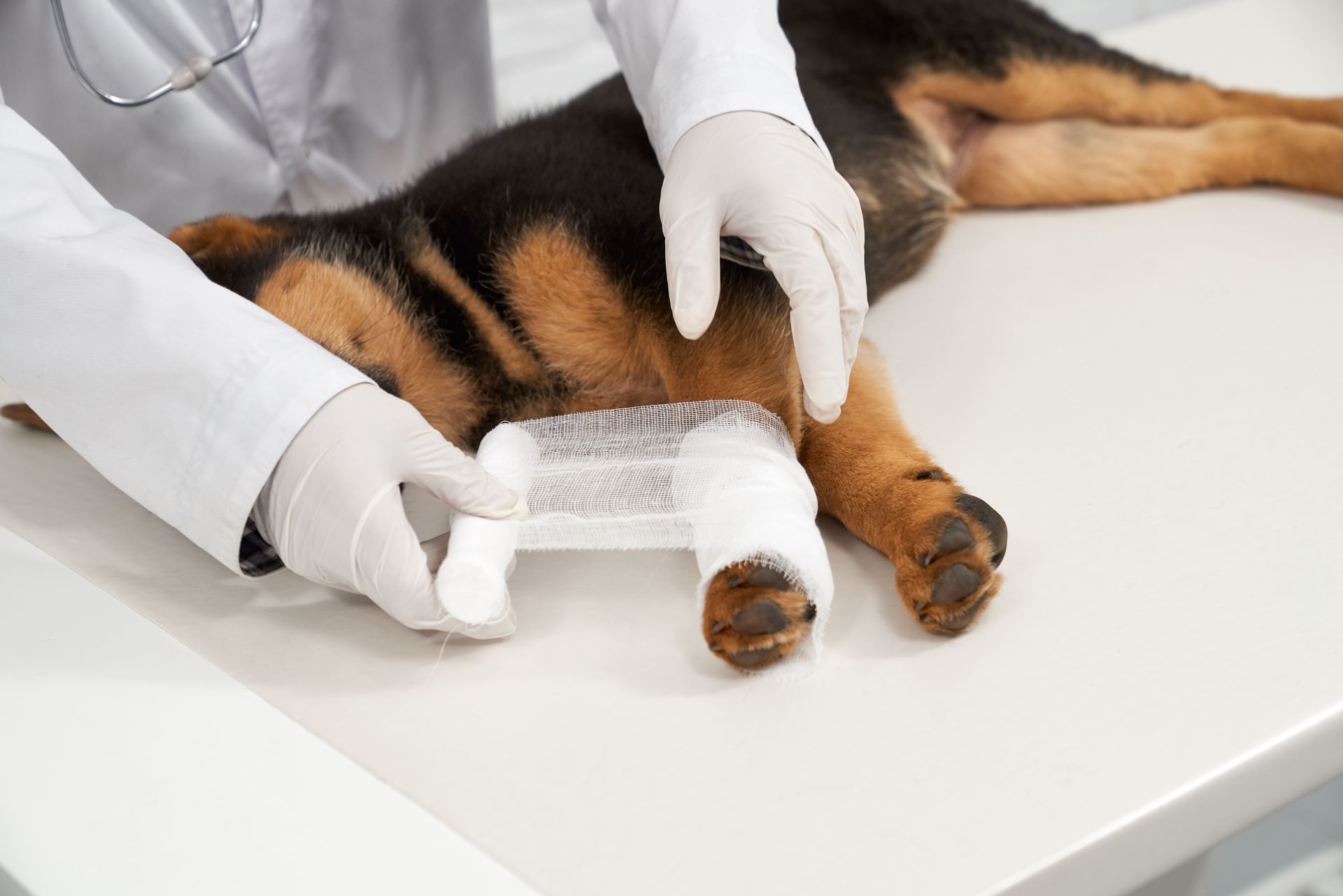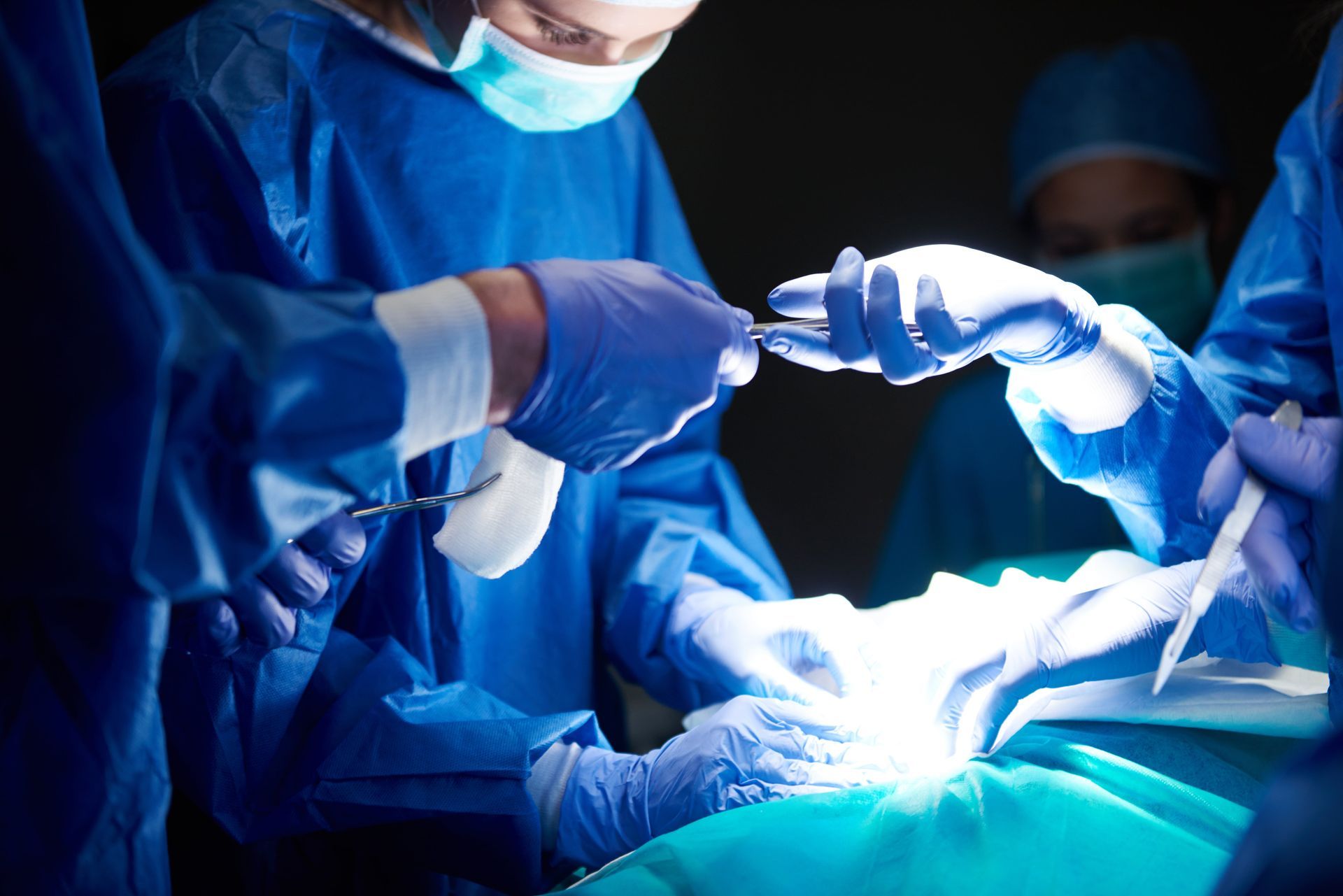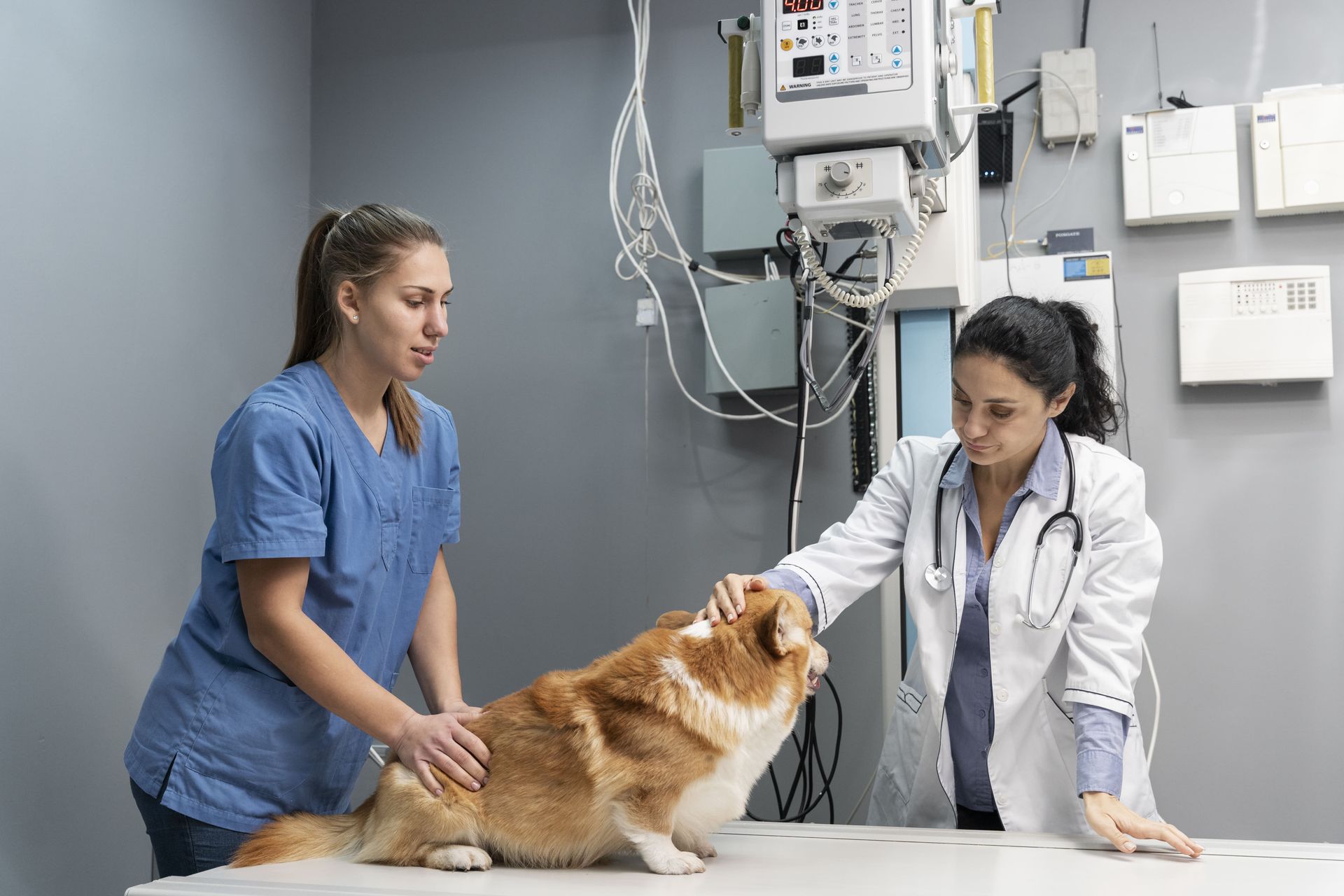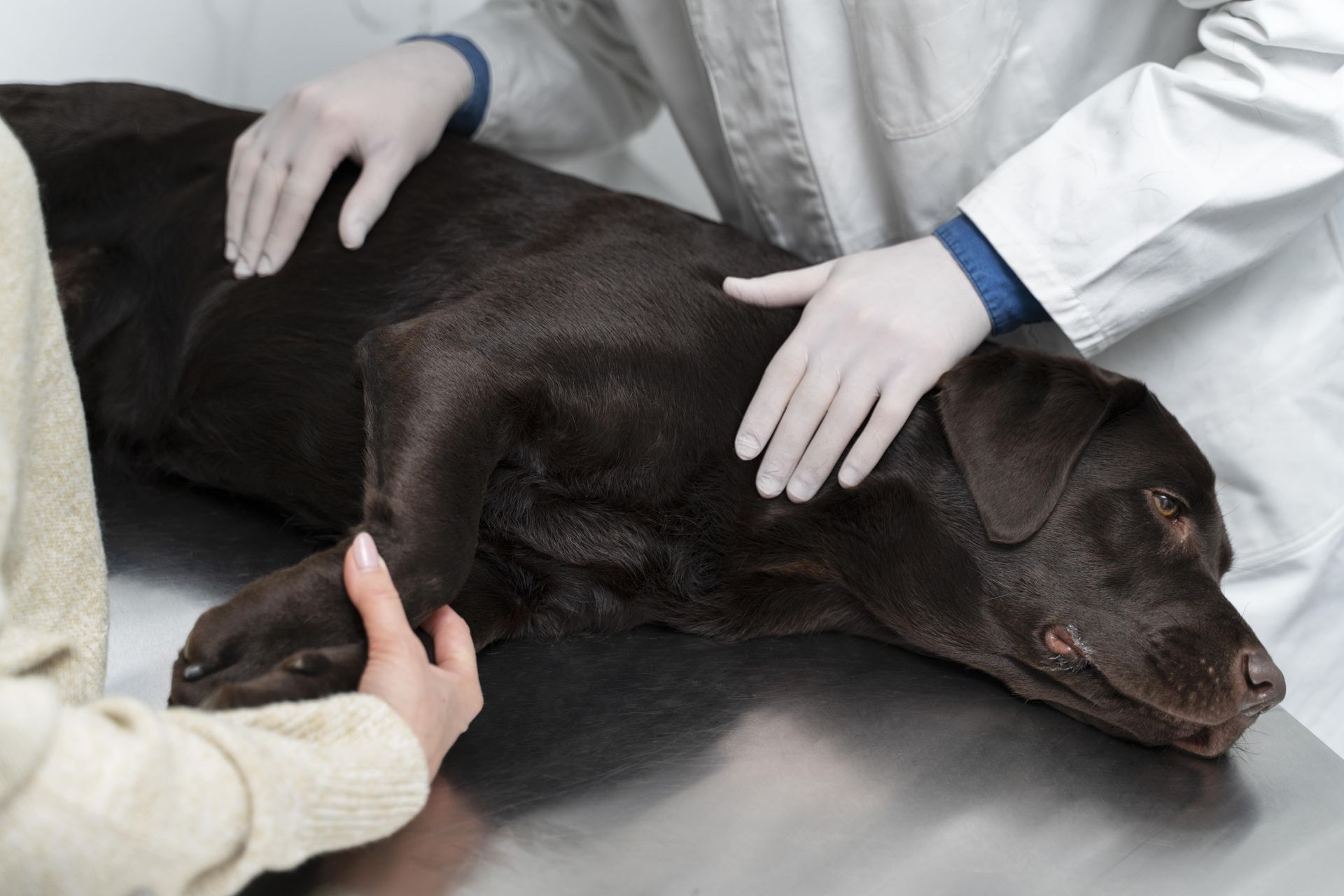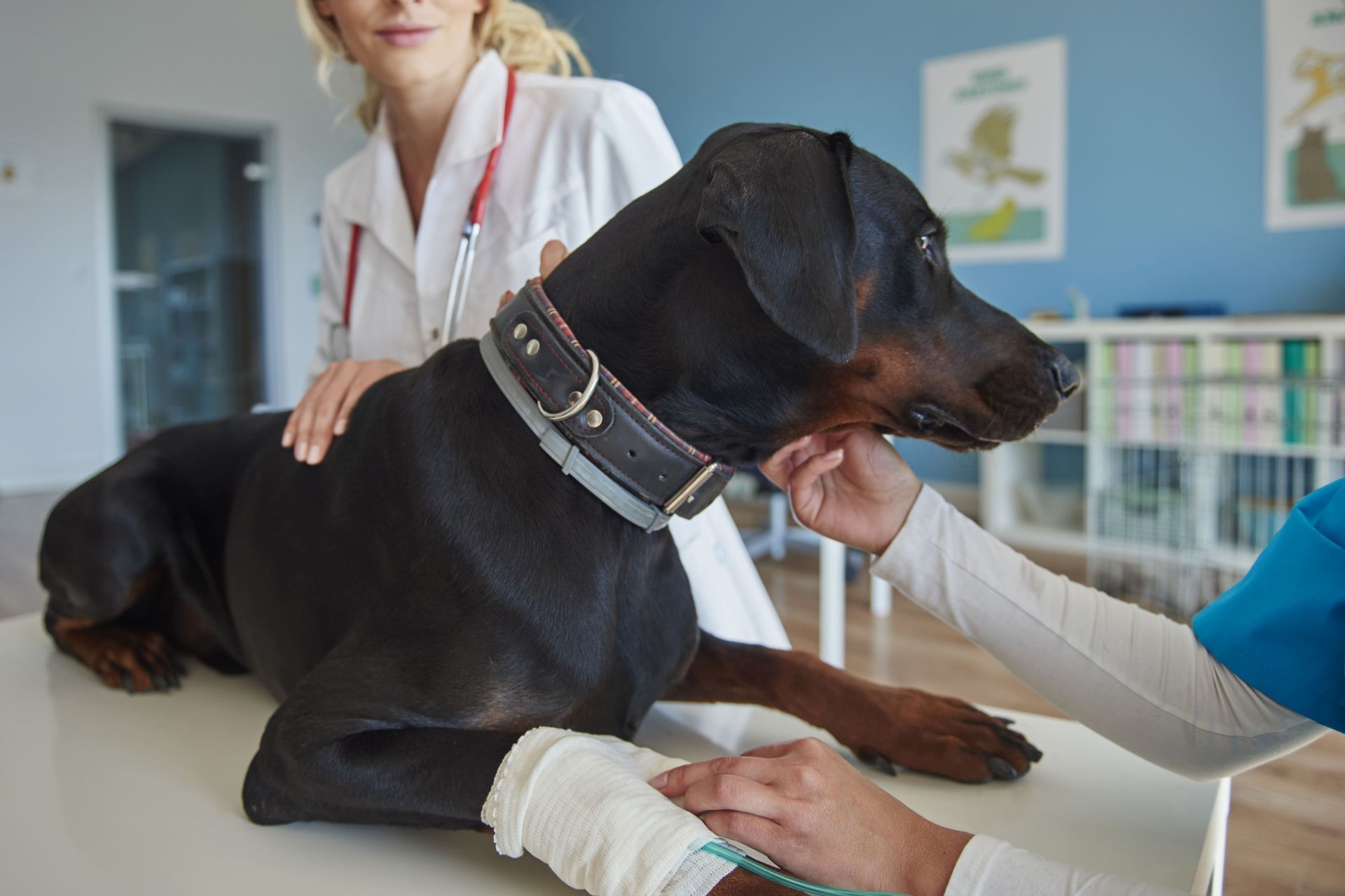When it comes to caring for our furry companions, we want to make sure they are always happy, comfortable, and healthy. Dogs cannot tell us when something is wrong, which is why pet parents must be attentive to even small changes in their behavior or physical appearance. One medical condition that often worries owners is a hernia. At first glance, it might look like a small bulge or lump on your dog’s body, but in reality, it can be much more serious depending on the type and severity.
A hernia occurs when tissue, fat, or organs slip through a weak area in the muscle wall and create a visible or hidden bulge. While some hernias are mild and may cause no immediate harm, others can become life-threatening if organs become trapped or blood flow is restricted. Puppies may be born with hernias, or adult dogs may develop them due to trauma, obesity, pregnancy, or strain.
Fortunately, with timely veterinary attention, most hernias can be successfully treated. The most reliable method is
hernia repair in dogs, a surgical procedure that corrects the defect, prevents dangerous complications, and restores your pet’s well-being. In this article, we’ll provide a complete guide to hernias in dogs, including causes, types, symptoms, diagnosis, treatment options, recovery, and prevention. By the end, you’ll have the knowledge needed to make informed decisions for your pet’s health.
What is a Hernia in Dogs?
A hernia in dogs is a condition where internal organs or tissues move through an abnormal opening or weak spot in the muscle wall that usually holds them in place. Think of it as a tear or gap in the muscular system that allows something to slip into a space where it does not belong.
While hernias can appear harmless, they pose risks if left untreated. For example, if the intestine becomes trapped in the hernia opening, blood flow may be cut off, leading to tissue death or infection. That’s why timely hernia repair in dogs is so critical; it prevents long-term damage and ensures your dog’s comfort and quality of life.
Common Types of Hernias in Dogs
There are different types of hernias, each with its own set of risks, causes, and symptoms.
1. Umbilical Hernia
These are among the most common hernias in puppies. They form around the belly button and may look like a small soft lump. Small umbilical hernias sometimes close on their own as the puppy matures, but larger ones persist and may require surgical correction. If organs become trapped, immediate hernia repair in dogs is necessary.
2. Inguinal Hernia
Inguinal hernias develop in the groin area. They are more common in unspayed female dogs, especially during pregnancy when the abdominal wall is under pressure. These hernias may involve the bladder, intestines, or uterus, and if untreated, can lead to severe complications.
3. Perineal Hernia
Perineal hernias occur in the pelvic region near the anus. They are common in older, unneutered male dogs, often due to weakening of the pelvic muscles. Dogs may struggle to defecate, and without hernia repair in dogs, the condition can progress and affect the bladder or prostate.
4. Diaphragmatic Hernia
These hernias happen when trauma or birth defects create a tear in the diaphragm, allowing abdominal organs to move into the chest cavity. Dogs with this condition may have breathing difficulties and require emergency surgical correction.
5. Hiatal Hernia
Hiatal hernias involve the stomach slipping into the chest through the diaphragm opening. Dogs may show signs of regurgitation, vomiting, or difficulty swallowing. These cases often require both surgery and lifestyle adjustments, such as dietary management.
Causes of Hernias in Dogs
Several underlying causes contribute to hernia formation in dogs:
- Congenital weakness: Some dogs are born with weak abdominal walls or incomplete closure of the muscle layers.
- Physical trauma: Accidents, falls, or blunt force can tear muscle tissue, creating hernia openings.
- Pregnancy and straining: Pregnant dogs, or those with chronic straining during bowel movements, face increased abdominal pressure.
- Hormonal influence: Older male dogs, particularly unneutered, are susceptible to perineal hernias due to weakening of muscle support.
- Obesity: Carrying excess body weight places continuous stress on abdominal muscles.
- Chronic health conditions: Persistent coughing or constipation may also contribute to hernia development.
No matter the cause, hernia repair in dogs provides a safe, corrective solution that prevents future complications.
Recognizing the Symptoms of Hernias
Symptoms of hernias depend on their location and severity, but common signs include:
- Visible or palpable bulge under the skin
- Persistent vomiting or regurgitation (especially in hiatal hernias)
- Straining to urinate or defecate
- Pain, discomfort, or swelling in the abdomen or rectal area
- Difficulty breathing with diaphragmatic hernias
- Loss of appetite and noticeable lethargy
If your dog shows these symptoms, do not delay veterinary care. The sooner a hernia is diagnosed, the easier and safer the hernia repair in dogs becomes.
Diagnosis of Hernias
Veterinarians use several methods to diagnose hernias:
- Physical examination: Feeling for lumps or swelling around common hernia sites.
- imaging: X-rays and ultrasounds help visualize internal structures.
- Blood tests: Ensure organs are functioning properly and check for infection.
- Advanced scans:
CT or MRI may be used for complex cases.
Accurate diagnosis allows vets to create a surgical plan tailored to your dog’s condition, ensuring safe and effective hernia repair in dogs.
Treatment Options for Hernias in Dogs
While small umbilical hernias in puppies may occasionally close naturally, most hernias require surgery. The main treatment options include:
1. Standard Surgical Repair
The most common approach to hernia repair in dogs is standard surgery. The procedure involves making an incision at the hernia site, gently repositioning displaced tissues or organs back into their correct place, and closing the muscle defect with sutures. This approach works well for most umbilical, inguinal, and perineal hernias.
2. Mesh Reinforcement Surgery
For large or recurrent hernias, simple sutures may not provide enough strength. In such cases, veterinarians may use a synthetic surgical mesh to reinforce the muscle wall. The mesh acts as a support structure, reducing the risk of recurrence and providing long-term stability. This option is especially useful in older dogs or those with weakened muscle tissues.
3. Emergency Surgery
In cases where the hernia traps organs and cuts off their blood supply, immediate surgery is the only option. Conditions like diaphragmatic hernias and strangulated inguinal hernias fall into this category. Emergency surgery involves not only repairing the hernia but also addressing any tissue damage caused by restricted blood flow.
4. Laparoscopic Hernia Repair
Some veterinary hospitals offer minimally invasive surgery through laparoscopy. This involves smaller incisions, technologically advanced cameras, and instruments to perform the repair. It often results in quicker recovery times and less post-operative discomfort. However, not all hernias are suitable for this method, and availability may be limited.
5. Supportive Care in Rare Cases
In rare situations where surgery is not possible due to age, health complications, or financial constraints, supportive care may be offered. This includes pain management, monitoring, and lifestyle adjustments, but it does not resolve the hernia. For most dogs, surgical correction remains the best and safest solution.
Ultimately, hernia repair in dogs ensures that displaced organs are repositioned, muscle walls are strengthened, and your pet is protected from life-threatening complications.
The Hernia Repair Procedure
Here’s a step-by-step breakdown of what typically happens during the surgery:
- Pre-operative testing: Blood work, X-rays, and ultrasounds are performed.
- Anesthesia: Dogs are placed under general anesthesia for a pain-free procedure.
- Incision and correction: The veterinarian carefully repositions organs and repairs the muscle wall.
- Closure: The surgical site is stitched or reinforced with mesh.
- Post-op monitoring: Dogs are observed closely as they recover from anesthesia.
Modern veterinary practices make hernia repair in dogs safe, with high success rates and minimal discomfort.
Recovery After Hernia Repair
Recovery is a vital part of the healing process. General guidelines include:
- Restricted activity: Dogs should rest for 10 to 14 days to allow sutures to heal.
- Medication: Pain relievers and antibiotics help with comfort and infection prevention.
- Incision care: The site must be kept clean and dry; Elizabethan collars may be used to stop licking.
- Follow-up visits: Scheduled checkups allow the vet to monitor progress.
With attentive care, most dogs bounce back quickly after hernia repair in dogs, returning to normal activity levels in a few weeks.
Risks and Complications
While relatively safe, hernia surgeries do have risks, including:
- Post-operative infection
- Internal bleeding
- Recurrence of hernia
- Anesthetic complications
- Slow healing in older or overweight dogs
Choosing an experienced hospital greatly reduces these risks, making hernia repair in dogs highly effective.
Preventing Hernias in Dogs
Although not all hernias are preventable, you can reduce risks with the following steps:
- Maintain your dog’s weight through proper diet and exercise.
- Spay or neuter your pets to reduce hormone-related hernias.
- Prevent trauma by supervising your dog indoors and outdoors.
- Treat chronic conditions like constipation or coughing promptly.
- Schedule regular vet checkups to catch congenital hernias early.
Preventive care significantly lowers the need for future hernia repair in dogs.
Cost of Hernia Repair
The cost of surgery depends on factors such as:
- Type and severity of the hernia
- Emergency versus planned procedure
- Length of hospitalization
- Diagnostic imaging requirements
- Geographic location and hospital reputation
On average, the cost of hernia repair in dogs can range from a few hundred dollars for simple umbilical hernias to several thousand dollars for complex cases like diaphragmatic hernias. Pet insurance helps many families manage these expenses.
Why Choose Lincoln Avenue Cat & Dog Hospital?
At Lincoln Avenue Cat & Dog Hospital, we pride ourselves on delivering advanced veterinary care with compassion. As a leading animal hospital in Fair Lawn, New Jersey, we provide hernia repair in dogs with the utmost care, ensuring every pet receives safe, effective, and compassionate treatment tailored to their needs. Our skilled veterinarians use effective techniques and recovery protocols, ensuring your furry friend heals safely and comfortably. From diagnosis to surgery and post-operative care, we are committed to giving your dog the best possible outcome.
Final Words
Hernias in dogs may sound frightening, but with the right care, they are highly treatable. Understanding the types, causes, symptoms, and treatment options helps you act quickly if your pet is affected. Surgical correction is the most reliable solution, and with professional veterinary care, the success rate of hernia repair in dogs is excellent. Always partner with a trusted veterinary team and follow post-operative care closely to ensure your pet enjoys a long, healthy, and active life. If you’re living in New Jersey, consider contacting
Lincoln Avenue Cat & Dog Hospital, your trusted veterinary partner.
FAQs (Frequently Asked Questions)
Q-1. How long does recovery take after hernia repair in dogs?
Ans: Most dogs recover within 2 weeks, but larger or complex surgeries may take longer. Rest, medication, and regular checkups ensure safe healing and full recovery.
Q-2. Can hernias in dogs heal without surgery?
Ans: Small umbilical hernias in puppies may close naturally, but most hernias require surgery. Veterinary evaluation is essential to decide if hernia repair is necessary for your pet.
Q-3. Is hernia repair in dogs considered safe?
Ans: Yes, hernia repair surgeries are very safe with modern techniques. Complications are rare, especially when performed by experienced veterinarians in a professional, well-equipped hospital environment.
Q-4. What should I do if I suspect my dog has a hernia?
Ans: Contact your veterinarian immediately. Early diagnosis allows timely treatment and prevents emergencies. A vet will confirm the condition and determine if hernia repair in dogs is required.
